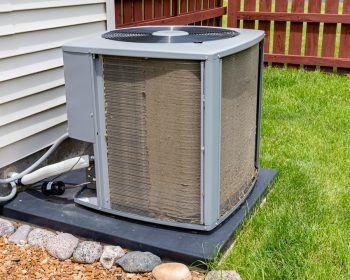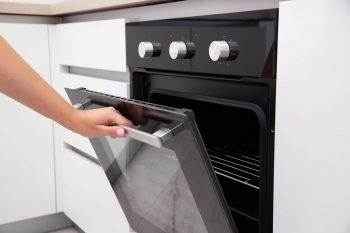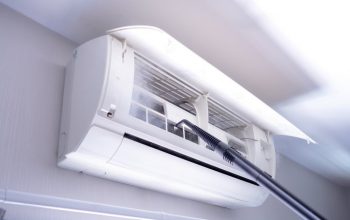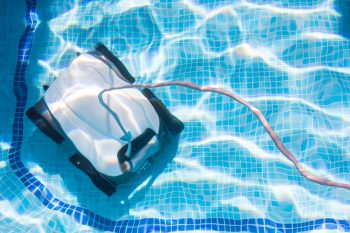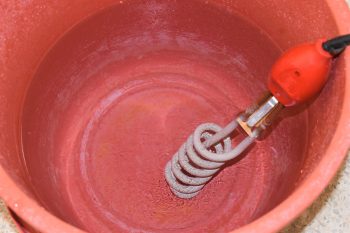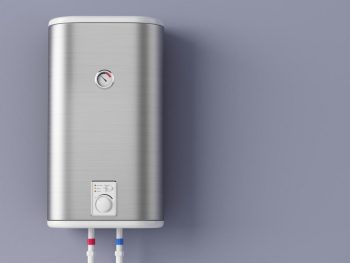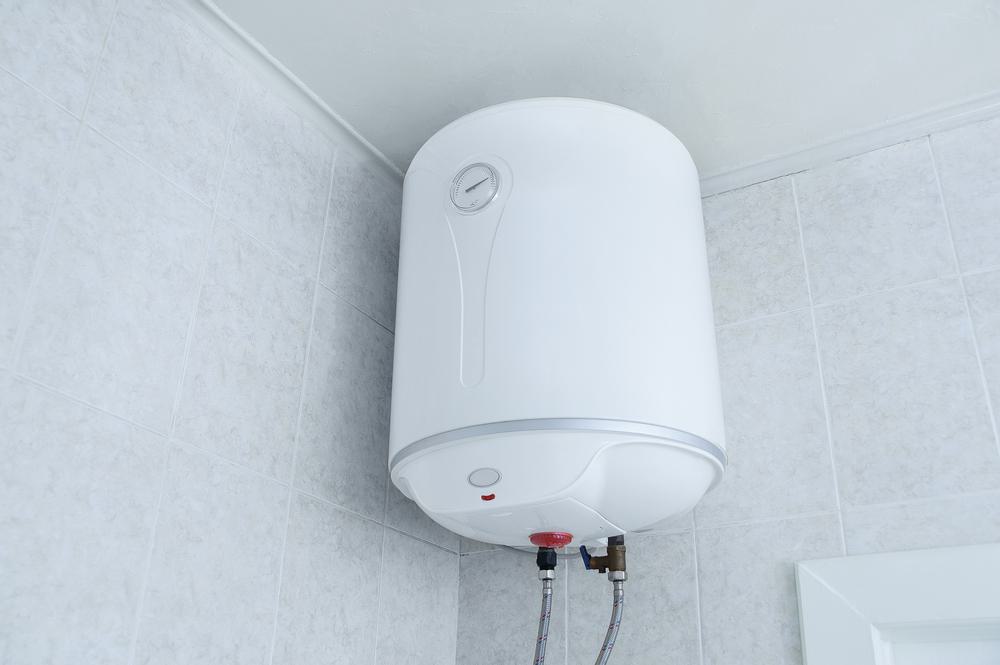
A water heater is a crucial component of any home, providing hot water for showers, dishwashing, laundry, and more. However, water heaters can consume a significant amount of energy, leading to high utility bills. The good news is that there are several ways to make your water heater more efficient, saving you money and reducing environmental impact. This comprehensive guide will provide you with practical tips and strategies to improve your water heater’s efficiency.
To make a water heater more efficient, you can lower the thermostat to 120°F, insulate your water heater, drain the tank regularly to remove sediment, install efficient showerheads and faucet attachments, use less hot water, repair any leaks, install a timer, and consider upgrading to a more efficient water heater model. These steps can help reduce energy consumption and lower your utility bills.
Lower the Thermostat
One of the simplest ways to make your water heater more efficient is by lowering the thermostat. The U.S. Department of Energy recommends setting the water heater temperature to 120°F (49°C) to save energy and reduce the risk of scalding. Lowering the temperature from the default setting of 140°F (60°C) can lead to energy savings of 4% to 22% and up to $400 annually.
Insulate Your Water Heater
Insulating your water heater tank with a blanket can reduce standby heat losses by 25%–45% and save you about 7%–16% in water heating costs. Insulating hot water pipes can also help reduce heat loss and improve efficiency. When insulating a water heater, it is essential to check the R-value of the existing insulation. If the R-value is less than 24, it is recommended to add an insulation blanket.
Drain the Water Heater Tank
Draining a bucket of water from your water heater several times a year can help remove sediment and improve its efficiency. Sediment build-up can reduce your water heater’s efficiency and make it harder to heat the water, leading to higher energy costs.
Install Efficient Showerheads and Faucet Attachments
Using low-flow showerheads and faucet aerators can help reduce hot water usage and improve efficiency. These devices reduce the flow of water, meaning less hot water is used, saving energy.
Use Less Hot Water
Reducing hot water usage by taking shorter showers, washing clothes with cold water, and running the dishwasher efficiently can help save energy. The less hot water you use, the less energy your water heater consumes.
Repair Any Leaks
Fixing leaks in your water heater and plumbing system can help prevent wasted hot water and improve efficiency. Even a small leak can waste a large amount of hot water over time, leading to higher energy costs.
Install a Timer
Installing a timer on your water heater can help save energy by turning it off during periods of low usage, such as at night or when you’re away from home.
Upgrade to a More Efficient Water Heater
If your water heater is old and inefficient, consider upgrading to a new, energy-efficient model, such as a tankless water heater. These types of water heaters heat water on demand, reducing standby heat losses and saving energy.
Remember, some of these steps may not be applicable to all types of water heaters, so it’s essential to consult your water heater’s manual or a professional plumber for specific advice on improving efficiency for your particular model. Making your water heater more efficient can save you money, reduce environmental impact, and ensure you have a reliable supply of hot water.
Frequently Asked Questions
What is the R-value in insulation?
The R-value is a measure of insulation’s resistance to heat flow. The higher the R-value, the greater the insulating effectiveness.
What is standby heat loss?
Standby heat loss refers to the heat energy that is lost from the water heater into the surrounding environment when the heater is not actively heating water. It’s often caused by an inadequately insulated tank.
How often should I drain the water heater tank?
It’s generally recommended to drain a bucket of water from your water heater tank every three to six months. However, the frequency can vary depending on your local water hardness and the manufacturer’s recommendations.
What are low-flow showerheads and faucet aerators?
Low-flow showerheads and faucet aerators are devices designed to reduce the flow of water, thereby saving water and the energy used to heat it. They provide the same level of cleanliness and comfort but with less water usage.
What are the benefits of a tankless water heater?
Tankless water heaters, also known as on-demand water heaters, heat water only when it’s needed, thereby eliminating the energy losses associated with storing hot water in a tank. This can lead to substantial energy savings over time. They also occupy less space and can provide an endless supply of hot water, given their capacity.

